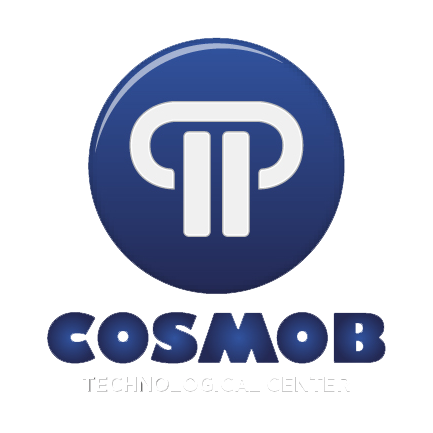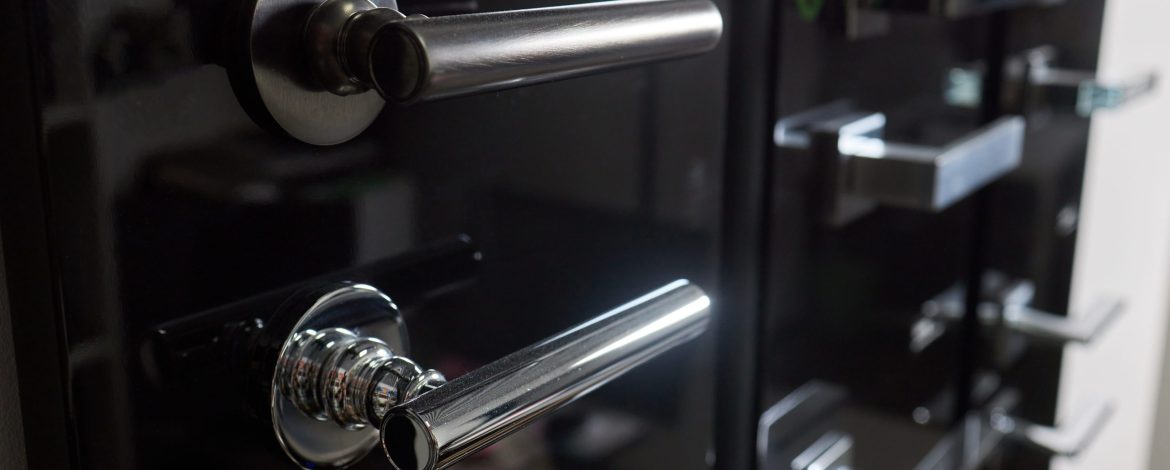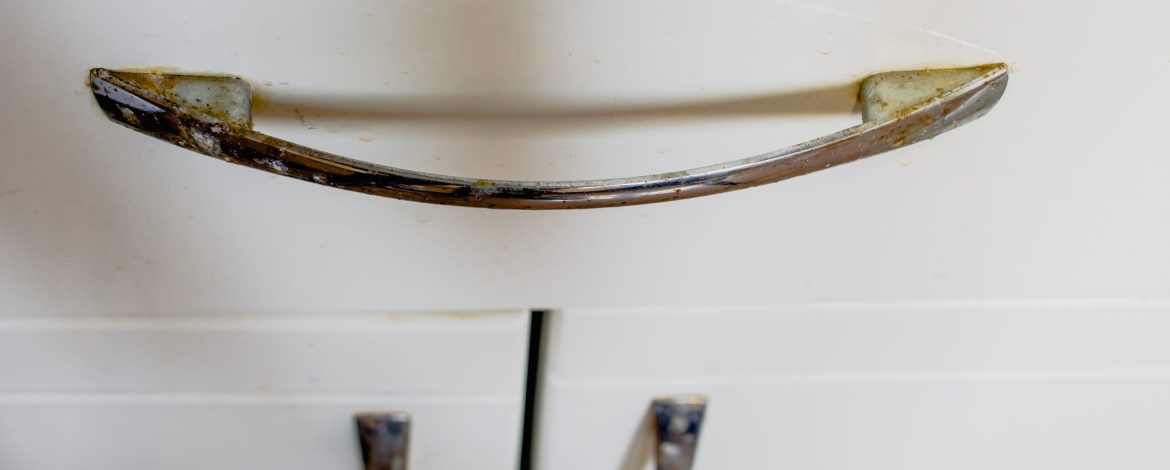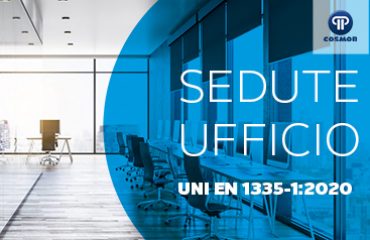Starting from 2 March 2023, the new version of the UNI EN ISO 9227 standard ‘Corrosion tests in artificial atmospheres – Salt spray tests’ is in force to evaluate the corrosion resistance of metallic materials, with or without permanent or temporary anticorrosive protection such as the metal components of the furniture or, for example, metal accessories, hardware, laminations, handles, etc.
The standard specifies the equipment, the reagents and the procedure to be followed to carry out the salt spray tests in the three existing types: neutral (NSS), acetic (AASS) and cupro saline acetic (CASS).
Salt spray tests are designed to subject the product to an accelerated corrosion process and are particularly useful for detecting discontinuities, such as pores and other defects, in some metallic, organic, anodic and conversion coatings.
The test involves placing the sample inside a salt spray chamber with controlled and constant parameters over time (e.g.: temperature, nebulization flow, pH of the solution, etc.). The duration of the test is chosen according to how much the product analyzed must guarantee its duration.
For the metal components of office chairs and tables, an indication of durability that can be taken as a reference by way of example is that of the guidelines for drafting the technical specifications for office furniture (UNI/TR 11653:2020 and UNI/TR 11654 :2020) which indicate two durations depending on the type of coating, namely: 16 hours for metal components with galvanic coating and 24 hours for painted metal components.
The main changes introduced by the new version of the standard are as follows:
- the method of placing specimens has been added;
- the arrangement of the collection devices has been changed and two examples of the arrangement of the collection devices have been added as Annex E;
- Annex F has been added containing the indications that emerged following the interlaboratory comparison of the reference samples within which 3 alternative reference types have been integrated to the one already present for the steel samples;
- diluted acetic acid was added for the preparation of the solution of two types of tests (AASS and CASS);
- The permissible copper concentration limit has been specified when the machinery, once used for the CASS test, is used again for the other two tests.
It is important to underline that this regulation is reported in the CAM Arredi per interni criterion number 4.1.9 ‘Requirements of the final product’ as a mandatory requirement for the metal parts (where present) within the following products:
- Office seating
- Seating for visitors and meeting rooms
- Office desks and tables
- Container furniture
- School furniture
Companies participating in tenders for which compliance with the CAM criteria for interior furnishings is required are required to provide the technical documentation of a third-party laboratory for compliance verification with the new UNI EN ISO 9227:2023.
The Cosmob Test Laboratory Division is able to support you through the execution of the salt spray test (accredited by ACCREDIA) to verify compliance with the new version of the standard.
Furthermore, the Cosmob Product Certification Division offers concrete support in the preparation and organization of the information necessary to achieve the objective of providing the Public Administration with the objective evidence required to comply with the CAM Furnishings for Interiors.
Our services in the CAM interior furnishings are as follows:
- Drafting of Declarations of conformity of the product to the main performance requirements contemplated by the CAM Interior Furniture;
- Conformity assessment and validation of self-declared environmental claims.
- Issue of the ‘Cosmob Qualitas Praemium CAM Arredi’ certification.
Need more information?









